 Water Saving Tips For Landlords Toilets, Taps, And Showerheads
Water Saving Tips For Landlords Toilets, Taps, And Showerheads
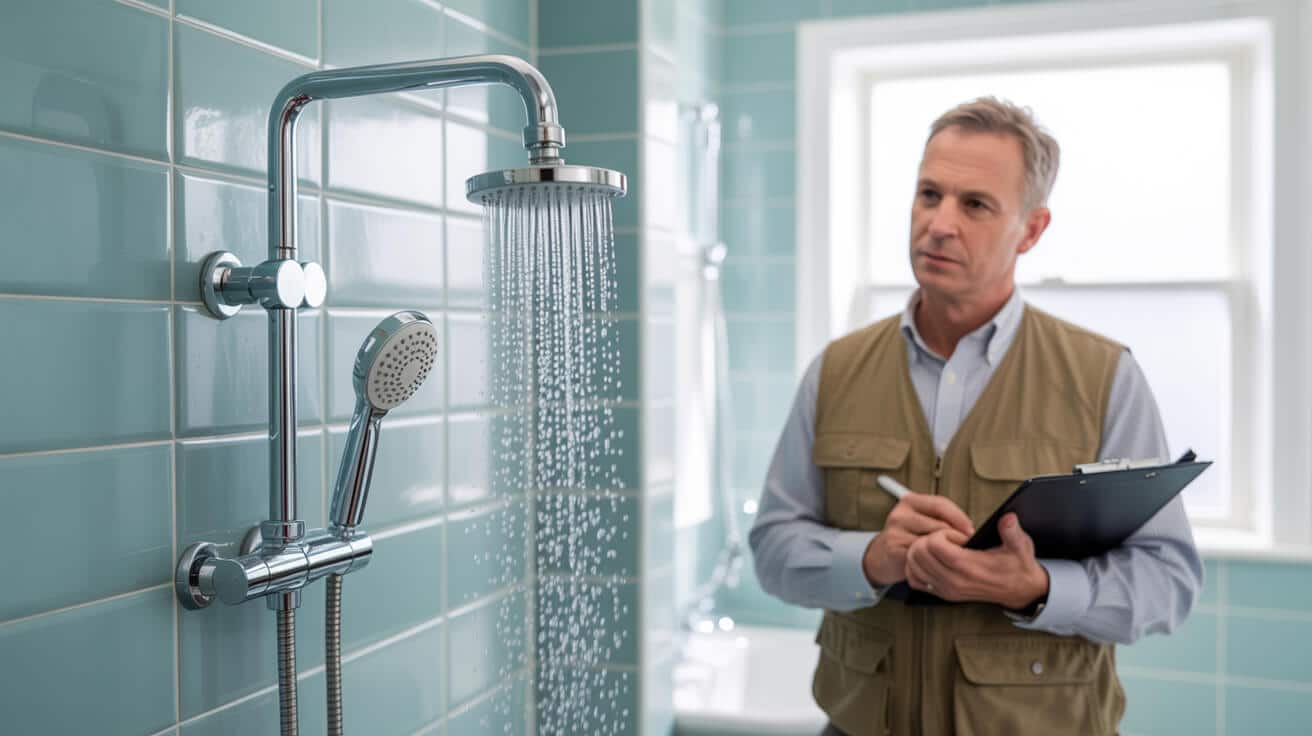
Why Are Water Leaks the Silent Saboteur of Landlord Profits?
You’re not losing money because of catastrophic floods or wild tenant abuse. It’s the nearly invisible, slow drips—misfiring flushes, half-stuck taps, and faded showerheads—that are quietly attacking your bottom line month after month. You might not even hear them over the buzz of a busy property portfolio. But the fact is: water waste is eroding your profits and your sleep—slowly, relentlessly, and often undetected.
Most rental losses don’t announce themselves—they hide in walls, bills, and tenant gripes you’ll hear when it’s already too late.
This isn’t just about cash. It’s reputation. Letting agents and potential tenants judge you on how your homes feel—dry, easy, problem-free, or always needing a callout. The landlords who win? They master water vigilance, not just repair jobs. Scheduled checks, systematic fixes, and a baseline standard for property health. That’s how you build assets, not headaches.
You don’t need superhero gear. Just the will to go upstream, get in front of issues, and treat water savings as investment protection. All Services 4U have seen it time and again: landlords who pay attention now, profit later—not just in pounds, but peace of mind and freedom from complaint spirals.
How Do You Catch Hidden Water Waste—Before It Devours Your Margins?
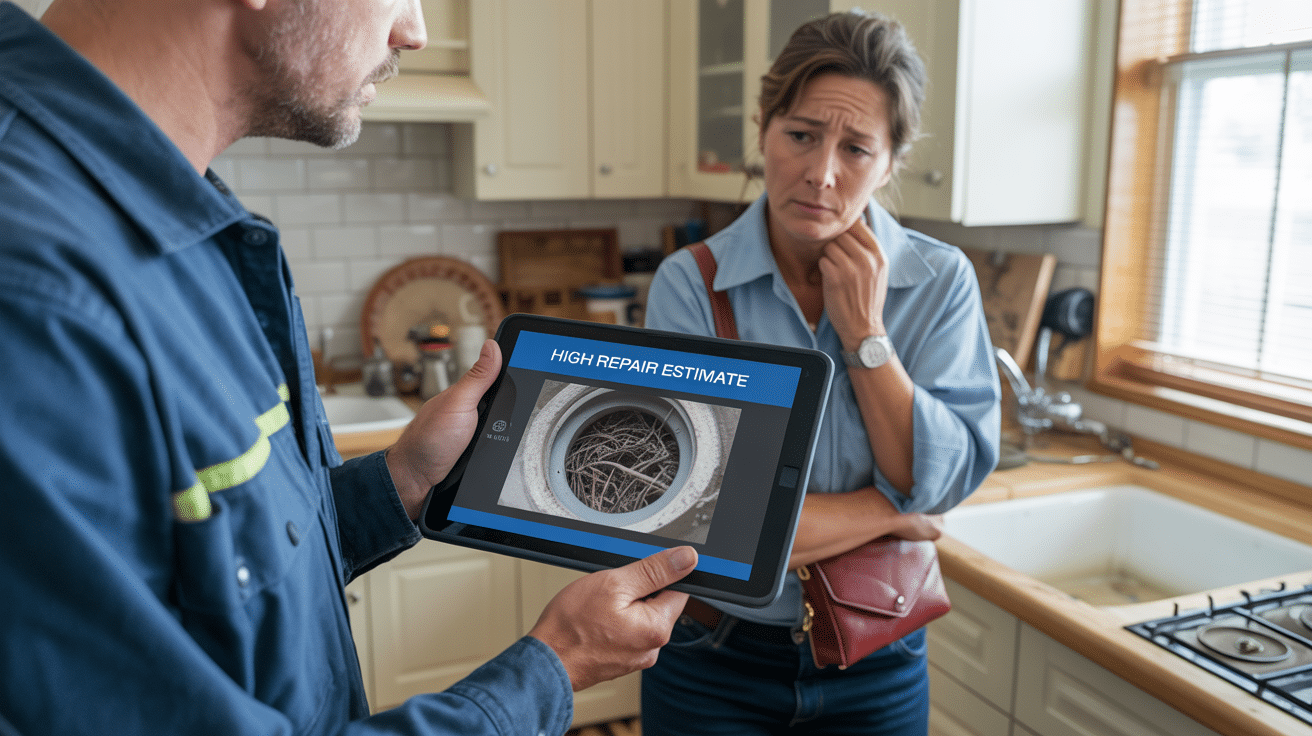
You can’t fix what you don’t see. The trick is catching leaks before they make themselves known through massive bills or angry tenants—because by then, you’re already writing off money you’ll never get back. So what’s the fastest way to get ahead of water-wasting surprises?
Tenant-First Detection: The Fastest Warning System in Property
- Pattern-watch your bills: A small but unexplained spike—just £10 or £15 a month—usually means a silent leak. Don’t file it away. Mark it, investigate, act. *(OFWAT; abc-home.co.uk)*
- Make tenants your partners, not just residents: Invite them to report anything odd—phantom flushes, drops in pressure, unusual damp, or the quiet hiss of a forever-filling cistern. Assure them: reporting early is good stewardship, not a bother. *(blogs.cornell.edu)*
- Adopt the “metre moment”: At every service visit, isolate all outlets, then check the metre. If it’s spinning, so is your cash. Simple, quick, and the least intrusive way to catch what eyes can’t see. *(checkatrade.com)*
Landlords who build rapport for early reporting get less drama, fewer emergencies, and a fatter bottom line.
Catch small leaks and you avoid full-day callouts, complaints on a Friday night, and costly repainting or remediation work. This level of partnership builds loyalty with both tenants and letting agents—making your property the one they actually campaign for.
Where Is Your Portfolio Leaking the Most Water—Is It Really the Tenant’s Fault?
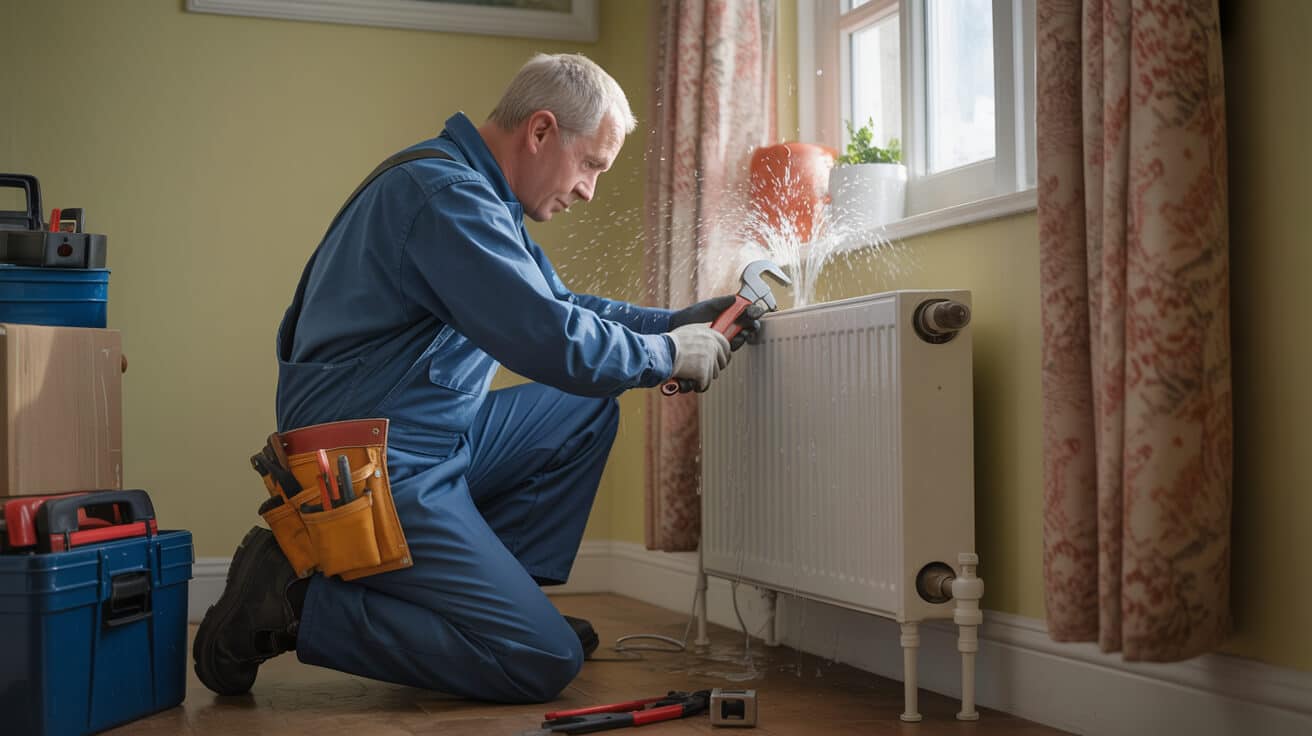
When water bills shoot up, the reflex is blame the user. But most high water bills have nothing to do with tenants misbehaving. It’s ageing hardware eating up the difference. The UK is full of pre-efficient toilets, taps, and showers—installations done in another era, not built for savings.
Old Fixtures: The Unseen Drain on Your Revenue
- Old toilets can use 3x more water than new models,: especially if they’re the classic single-lever type still found in pre-2000 stock. Forget policing every flush—swap the culprit. *(Part G, OFWAT guidance)*
- Plain taps with no aerators: are pouring money down the drain. Aerators cost pennies, instal in minutes, and can shave real pounds off your utility bill with zero effect on flow for tenants. *(limekitchenandbathroom.co.uk)*
- Standard showerheads can burn thousands of litres plus heating cost yearly.: Water-efficient heads fix this overnight, pleasing tenants and insurers alike. *(blogs.cornell.edu)*
Your maintenance is done checklist must include efficiency upgrades—not just reactive patchwork.
Multiply these inefficiencies across your units, and you see the real risk: a quiet, sustained hit to both cash flow and reputation for being “high cost.” Savvy landlords are moving fast to phase out the old and lock in the new, future-proofing their margins.
What Are the Real Compliance Rules for Water Efficiency—and Why Should You Care?
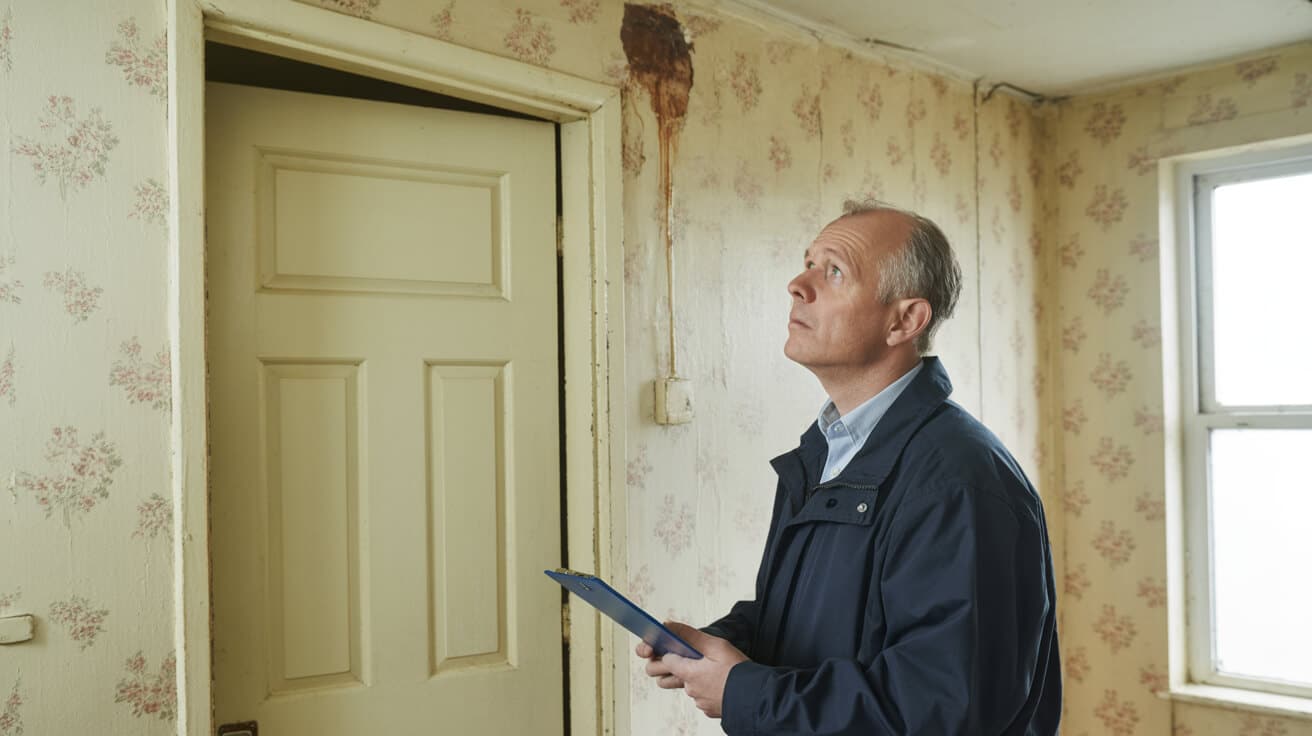
Gone are the days when “functional” was enough. UK landlords face rising scrutiny from water regulators, insurers, and local councils—especially in HMOs and “fully managed” portfolios. Water-saving improvements are now specifically referenced in council checks, insurance policies, and EPC targets.
Regulation: Your Trigger for Smarter, Faster Upgrades
- Instal BS EN 997:2018 toilets and save yourself paperwork nightmares.: They’re now the expected standard and make passing a council check nearly automatic. *(gov.uk)*
- Bundle upgrades with normal repairs or gas checks: One visit, two birds—this is smart scheduling, not box-ticking.
- Document with photos and installer details: Keeping a digital or paper file proves your case. No more debates with agents, inspectors, or insurance adjusters.
Compliance is not just about dodging a fine. It’s protection against claims, insurance denials, and regulatory freeze.
Landlords focused on “just passing” the checks risk missing hidden penalties and insurance loopholes. Approach compliance like insurance for profit—you’ll never regret being too prepared.
Can Tweaks Like Aerators or Showerheads Actually Deliver Savings, or Is It a Gimmick?
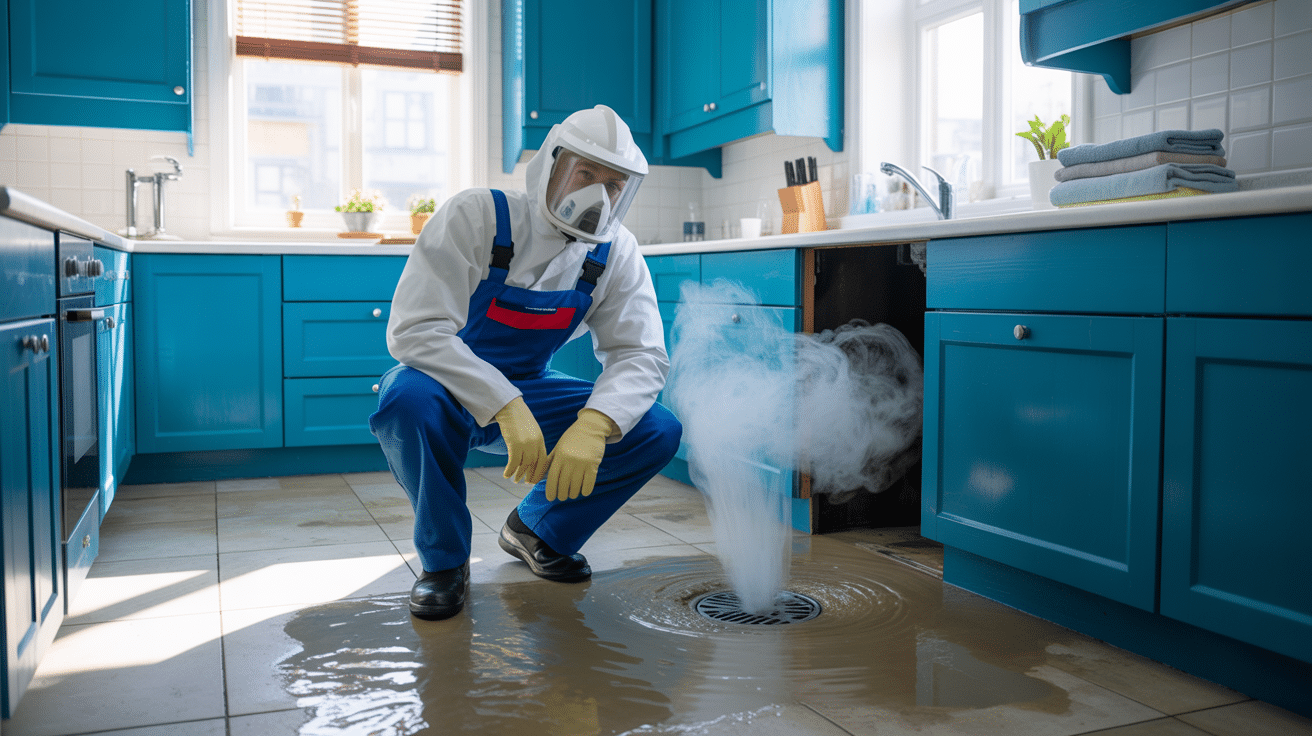
Here’s the plain fact: If you think water-saving tech is all show and no substance, the data says otherwise. Annual savings in both pounds and litres are not hypothetical—they’re bankable, and the upgrades are so quick that there’s almost no excuse left.
Show Me the Numbers: Real Returns on Simple Upgrades
| Upgrade | Avg. Annual Saving* | Compliance Edge |
|---|---|---|
| Tap Aerator | £47 (2-bed average) | EPC, insurer tickbox |
| Efficient Shower | 8,000–10,000 litres | Slashes heating use |
| Dual-Flush Toilet | Up to 67% cut/flush | Council/agent “must-have” |
*Industry median, two-bed rental, source in context.
One tap aerator = years of savings. Delay the upgrade? That’s pure loss, no tenant needed.
Put speed and simplicity first—you don’t have to strip entire bathrooms or wait for a full refurb. Each quick win piles up, compounding every season as you scale.
Why Preventive Maintenance Is the Only Game Worth Playing (and How the Best Landlords Win)
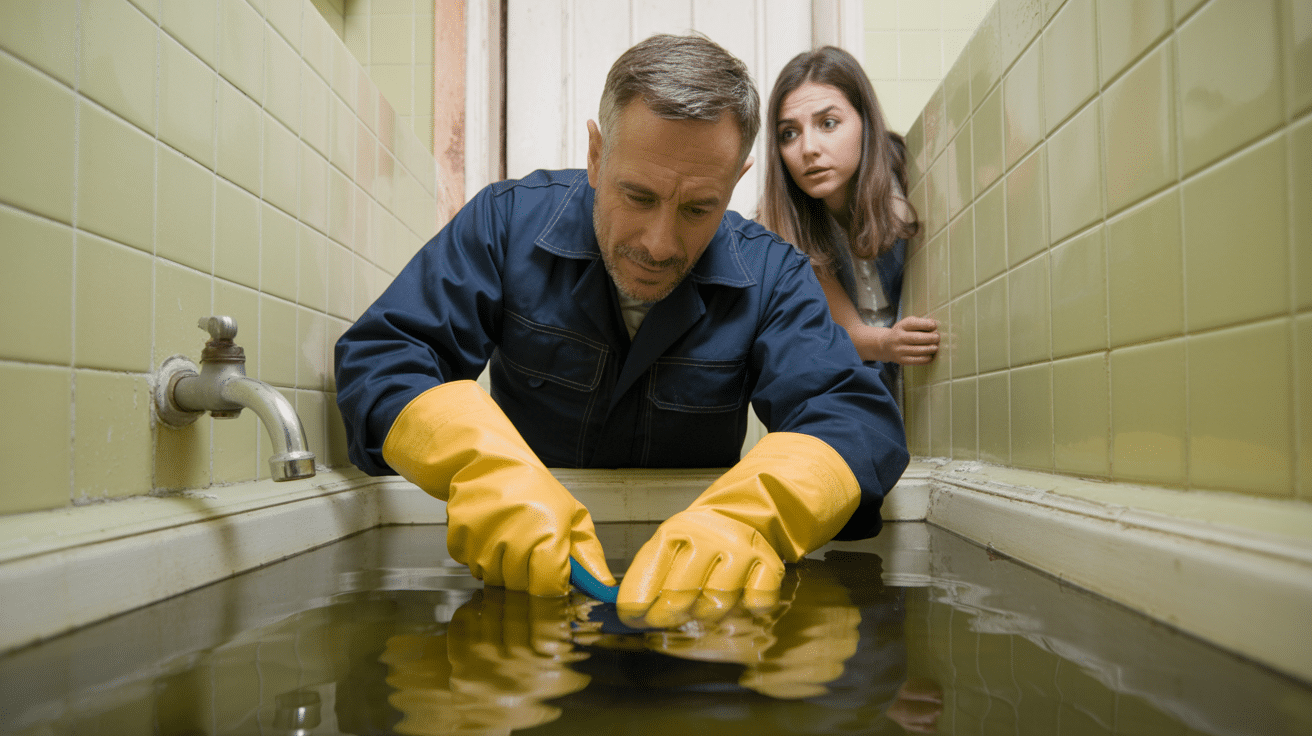
It’s easy to fall into the callout spiral—bad luck, or just “how rentals go.” But the standout landlords flip the script: proactive beats panicked, and routine beats repair. Leaks, left alone, lead to mould, rot, and arguments with tenants or letting agents. The longer you delay, the more you pay.
Get Ahead: The Maintenance Routine Separating Survivors from Strugglers
- Immediate fixes: Tackling drip or flush faults *on the first report* stops big repair bills and prevents secondary damage—no “wait and see.” *(OFWAT; NHS; citywideplumbers.co.uk)*
- Protect at-risk groups: Chronic water issues are a health risk—especially for families, the elderly, and vulnerable tenants. A damp-free flat keeps them safe and grateful.
- Return on occupancy: Every unnecessary move-out due to water works is a month’s rent you’ll never recover.
Fast action equals fewer headaches. Most big jobs started as a five-minute fix that was put off too long.
By making water checks habitual (not heroic), you lock in greater tenant retention and higher agent ranking. The real secret? The least-glamorous routines make you the landlord everyone wants to deal with.
What Role Does Record-Keeping Play in Landlord Success—and How Do You Master It Without Drowning in Paperwork?
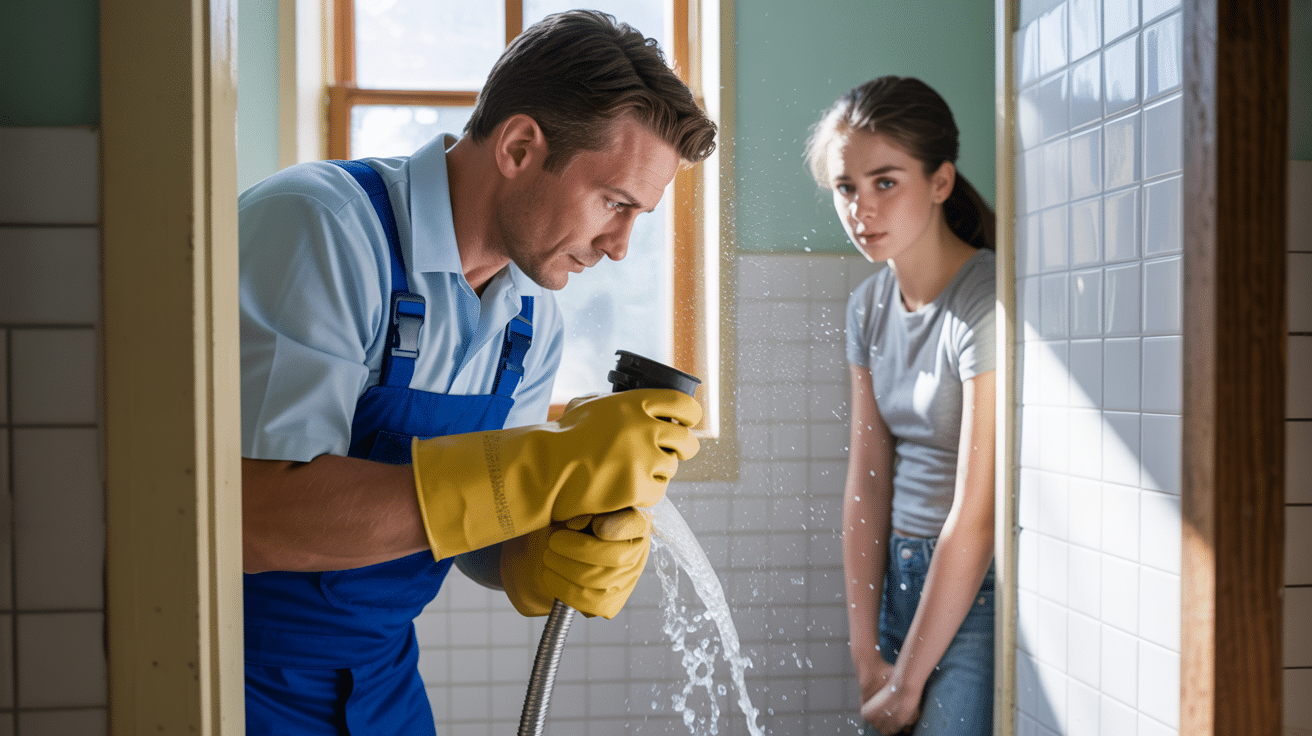
Do the right repair, but can’t prove it after the fact? That’s risk. Flawless documentation isn’t a paperwork exercise; it’s armour against council, agent, or tenant pushback. A thorough logbook keeps tiny issues from snowballing into expensive debates or lost income.
Easy Record-Keeping That Pays for Itself
- Log everything: Date, task, what changed, and who did it—every time.
- Capture tenant reports: Respond promptly and note it; this closes the loop on disputes and keeps deposits safe. *(blogs.cornell.edu)*
- Add visual proof: Snapping “before/after” pics on a phone? That’s your easiest win for agent check-ins and renewals.
Solid records cut through the noise—tenants, agents, and councils all respect documented reliability.
The best landlords build their reputation on transparency and quick access to evidence. Don’t get caught explaining “what happened last year.” Open the record, move on, and keep your schedule clear for scaling up—not chasing old ghosts.
How Is All Services 4U Making Water-Saving Upgrades and Compliance Actually Easy?
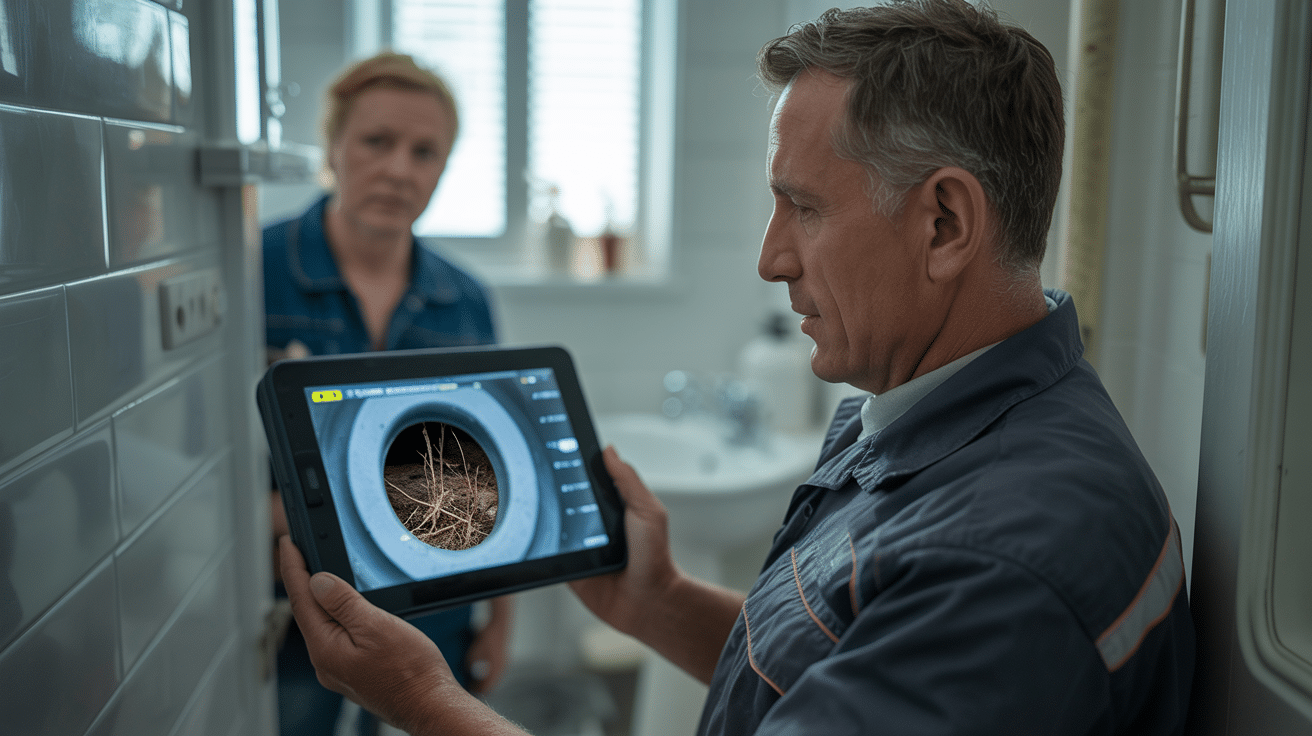
A pro technician isn’t just there for emergencies. With All Services 4U in your corner, you trade the “emergency scramble” for a predictable, proactive game-plan—one technician, one accountability chain, and compliance checked from day one.
| Service | What You Get |
|---|---|
| Leak and efficiency surveys | Problems found before they escalate |
| Toilet/Tap/Shower upgrades | Fast, future-proof, and tenant-friendly |
| Automated compliance docs | Paperwork sorted for you |
| Property & EPC optimisation | Council and insurer boxes: ticked |
This means:
- Zero guesswork: —all works are to code
- Minimal downtime: for your tenants
- No hassle from agents or insurers: at renewal or inspection
Letting agents and tenants alike clock the difference. Your properties stand out for “always working, never a mess.” That’s brand value—not marketing speak, but the reason your calls get returned first and your voids stay short.
Ready to Future-Proof Your Portfolio? Take Action—Before Leaks Steal Your Advantage
The landlords who thrive are the ones solving tomorrow’s problems today. Every ignored drip, overdue showerhead, or lost paperwork is real profit leaking from an asset you worked hard to secure.
Book an upgrade, initiate a survey, or simply log your last fix. With All Services 4U and Hector Gauge combining certified skill and compliance focus, you get the kind of property care that takes anxiety off your plate—and gives your tenants reasons to stay.
Your next step is simple:
- Stop leaks before they start:
- Deliver properties agents promote:
- Earn fewer complaints, longer stays, and better ROI:
Schedule your review or compliance check with All Services 4U—where water-saving means profit protection, tenant loyalty, and sleep-through-the-night confidence.
The quietest rentals, with the happiest tenants, belong to the landlords who invest in solutions before problems have a voice.
Frequently Asked Questions
Where do new UK water rules for rentals catch landlords by surprise?
Changing rental water laws expose landlords to pitfalls that rarely existed in prior decades. The hidden accelerant is local authority “selective licencing” and city-level compliance schemes—which often update water management requirements with little warning at the point of renewal, inspection, or letting agent assessment. Even after years of safe occupancy, a property may suddenly need proof of water-saving upgrades, ongoing leak tracking, or multi-year digital logs before a tenancy can be renewed or insurance policies reissued.
It’s not simply about major repairs. More agents now expect receipts for dual-flush toilets, tap restrictors, aerators, and evidence of leak checks—specifically timestamped digital photos, not just invoices or statements. Insurers are following suit; without clear evidence of up-to-date installations or leak response, some are scaling cover back or increasing excesses. For non-compliant homes, spot audits can result in council “improvement notices” that stall rent collection and blacklist the address for agency networks, even if other safety systems are current.
Most water compliance failures happen quietly—not with floods or burst pipes, but missing paperwork or year-old upgrade receipts.
Landlords often discover only when selling or refinancing that missing logs, delayed upgrades, or poor tenant reporting histories are now checkpoints for letting agents, underwriters, and local authorities. This regulatory convergence means standard repairs are no longer enough—demonstrable, proactive water risk management is now essential to avoid enforcement action, lost income, or forced capital expenditure.
What new compliance traps have emerged this year?
- Licencing in formerly “exempt” boroughs adding water checks mid-tenancy
- Main letting agents requiring digital logs of water upgrades for every renewal
- Insurers linking policy renewal to evidence of recent leak repairs
- Council spot checks triggered by rising water bills or tenant complaints
- Agency risk blacklists triggered by missed audits or slow upgrade cycles
Landlords who elevate water stewardship—documenting every upgrade, training tenants, and integrating digital logs—gain both reputational and financial insulation in the face of ongoing legal churn.
How can water leaks quietly erode property value before you realise?
Water leaks shrink your asset value incrementally—often escaping notice until multiple small failures accumulate. Early warning signs include unexplained bill spikes, new damp patches, swelling doorframes, or sluggish drains, each hinting at seepage behind walls or under floors. It’s when these issues go unaddressed for weeks that properties tip from minor repair to large-scale devaluation.
Small leaks set off a damaging cycle: plaster or subflooring becomes damp, fostering fungal growth that leaves stains and odours which devalue appraisals and raise red flags for both letting agents and insurers. Regulatory scrutiny is also harsher—unresolved water damage can qualify as a “category 1 hazard” under HHSRS, prompting council action even in otherwise stable portfolios.
Every day a leak goes unchecked moves money from your bottom line to your repair contractor’s.
Insurers are increasing claims scrutiny, especially as repeated or “preventable” damage from leaks often voids water escape coverage, or triggers policy exclusions. Meanwhile, tenants in damp environments are likelier to demand compensation, submit negative online reviews, or even involve the council in disputes.
How do unnoticed leaks snowball into expensive repairs?
- Persistent damp ruins timber, triggering floor movement and potential rot
- Ceiling stains spread, making legitimate maintenance harder to prove to agents
- Damp boosts mould, undermining property’s EPC grade and lowering rent appeal
- Deposit disputes and agent deductions spike when leaks appear undocumented
- “HHSRS hazard” flags can lock a property out of the rental market until remedied
Building routine leak checks, photo evidence, and proactive reporting into property cycles is as vital as any gas safety inspection—preserving not only regulatory status but also your net asset value.
What steps turn “water-wasting” rentals into futureproof, agent-approved assets?
Transforming a basic rental into a truly “water wise” asset is mostly a matter of repeatable habit—not heroic intervention. The high-return sequence: schedule upgrades for dual-flush toilets and WRAS-certified tap aerators during any void or periodic maintenance, then log every change digitally with receipts, photos, and time-stamped checks. Check hidden high-loss fixtures (ball valves, overflows, shower seals) as routine, not exception.
Tenants should be given clear briefings and “leak watch” instructions, with QR codes posted in kitchens and bathrooms to flag rapid reporting. Use mobile apps to create digital maintenance trails, capturing both rapid response and slow-moving issues. Letting agents increasingly view these logs as a marker of “premium” property management—helping both secure higher rents and defend deposit funds.
When you make water savings and digital logs visible, agents and councils become partners—not enforcers.
An annual full-shutoff test (tracking metre change with all water off) is now standard in many portfolios. Coupled with cloud documentation and tenant co-operation, upgrade-driven cycles safeguard both compliance and valuation.
Key steps that raise rental asset value
- Schedule fast, WRAS-compliant upgrades at every refurbishment or void period
- Capture photo and receipt logs, stored where agents or insurers can access them on demand
- Make “tenant leak alerts” part of check-in and renewal packs
- Embed routine metre checks—detecting “silent” losses no one notices
- Partner with trusted contractors for certified, audit-ready work
Landlords who platform these steps see swifter renewals, fewer agency challenges, and higher market values at remortgage or sale—proof that water efficiency is not just green, but gold.
Why does tenant education matter just as much as hardware upgrades?
Tenant engagement is the backbone of water safety and cost control—hardware alone cannot prevent damage when residents don’t know what to spot, or who to contact. Many tenants fail to report small leaks, running cisterns, or minor damp, and a gap of even a few days can tag your property with extra repair costs, reduced deposit recovery, and compliance strain.
Making education simple and visual—such as putting “report a leak” stickers on bathroom doors, distributing leaflets on day one, or using short explainer videos sent by WhatsApp—bridges the knowledge gap. Tenants who understand that leaks cost you and potentially them (via withheld deposits or repairs deducted from rent) are also more willing to act as “early warning” partners, reducing your future emergency spend.
A well-trained tenant is the best upgrade you never have to buy twice.
Equally important: rapid feedback loops. Send tenants proof-of-repair photos or brief updates after every incident—over 68% are then likelier to report the next issue early, cutting compounding losses and stoking trust. Agencies track these metrics, so building a culture of fast, visual acknowledgment boosts retention and renewal rates.
What education shortcuts make the biggest difference?
- Distribute move-in and renewal “leak detection and reporting” guides
- Post QR codes for instant reporting in all wet areas—for fast tenant action
- Centralise all tenant contact on a single channel (SMS, WhatsApp, or portal)
- Commit to 24–48 hour response visibility—updates that build trust
Emphasise to tenants that water vigilance is a partnership. Reward rapid reporting with prompt repairs and transparent follow-ups—making your property the standard others measure against for safety and service.
How do professional inspection and documentation practices help landlords avoid disputes and fines?
Professional, digitally logged inspection habits have become a potent defence for landlords facing stricter agent, council, and insurer scrutiny. Structured photo records, date-stamped digital receipts, and annual “all-off” water checks create an unbreakable paper trail that transforms regulatory visits, deposit disputes, or leak claims from stressful gambles into clear, documented wins.
Agents now ask not just for “proof” of repairs, but for ongoing logs of who performed which upgrades, when, and with what certified parts—a standard met by established firms such as All Services 4U. When every water system inspection, leak repair, or upgrade includes “before and after” images, receipts, and cloud-based reports, properties move up risk rankings with both letting agents and insurers.
With the right records, checklists, and photo logs, regulatory visits become box-ticking exercises—not battlegrounds.
These logs also help in seasonal checklists or unexpected incidents (tenant damages, storms, major leaks). The ability to produce documented history prevents blame disputes and shows that regulatory “duty of care” obligations have been observed—meaning penalties, rent loss, and management headaches can be avoided or swiftly resolved.
What does a gold-standard inspection log include?
| Step | Artefact Example | Regulatory Value |
|---|---|---|
| Leak checks | Date-stamped photos | Verifies inspection |
| Repairs/upgrades | Invoice with part ID | Tracks compliance/certified part |
| Tenant log | Issue tickets, logs | Documents engagement |
| Annual summary | Cloud-stored PDF | Ready for audits/agency |
Landlords who standardise these practices see faster renewals, reduced disputes, and measurable uplift in agent and insurer trust scores—making documentation a profit centre, not a cost.
What does it cost to delay or skip recommended water-saving upgrades?
The price of postponement is never just the sticker cost of an aerator or valve—it’s a compound hit to future rent, repair spend, and property reliability. Even seemingly small water losses, if left for just a few months, lead to damage cycles where repair bills multiply, management time is lost, and letting agencies either hike fees or blacklist the property for risk.
On average, minor upgrades pay themselves back within 12–18 months. By contrast, waiting can spike insurance excess (sometimes voiding claims for “historically preventable” leaks), stall new tenant move-ins, and lead to penalty notices if council spot checks expose inefficiency or damage. Don’t measure only by monthly bills—the larger hit is fines, lost months of rent, or forced capital upgrades under enforcement.
What you ‘save’ delaying a £75 upgrade can become a multi-thousand pound problem with one council letter or insurance claim.
The cheapest day to upgrade is always today; the true cost of delay is the opportunity lost to protect asset value, reputation, and rental continuity. Landlords leveraging trusted service partners like All Services 4U avoid short-term “savings” in favour of steady long-term returns.
Head-to-head: Upgrade now vs. delay
| Approach | Immediate Cost | First-Year Saving | Long-Term Risk |
|---|---|---|---|
| Upgrade with evidence | £150–£350 | £170–£200 | Minimal; higher agent rating |
| Delay/re-use old parts | £0 | £0 | £2,000+ loss, fines/claims |
Prioritising water efficiency shifts every metric in the landlord’s favour. In today’s compliance environment, skipping upgrades is no longer just a cost-saving—it’s a risk too expensive to carry forward.



